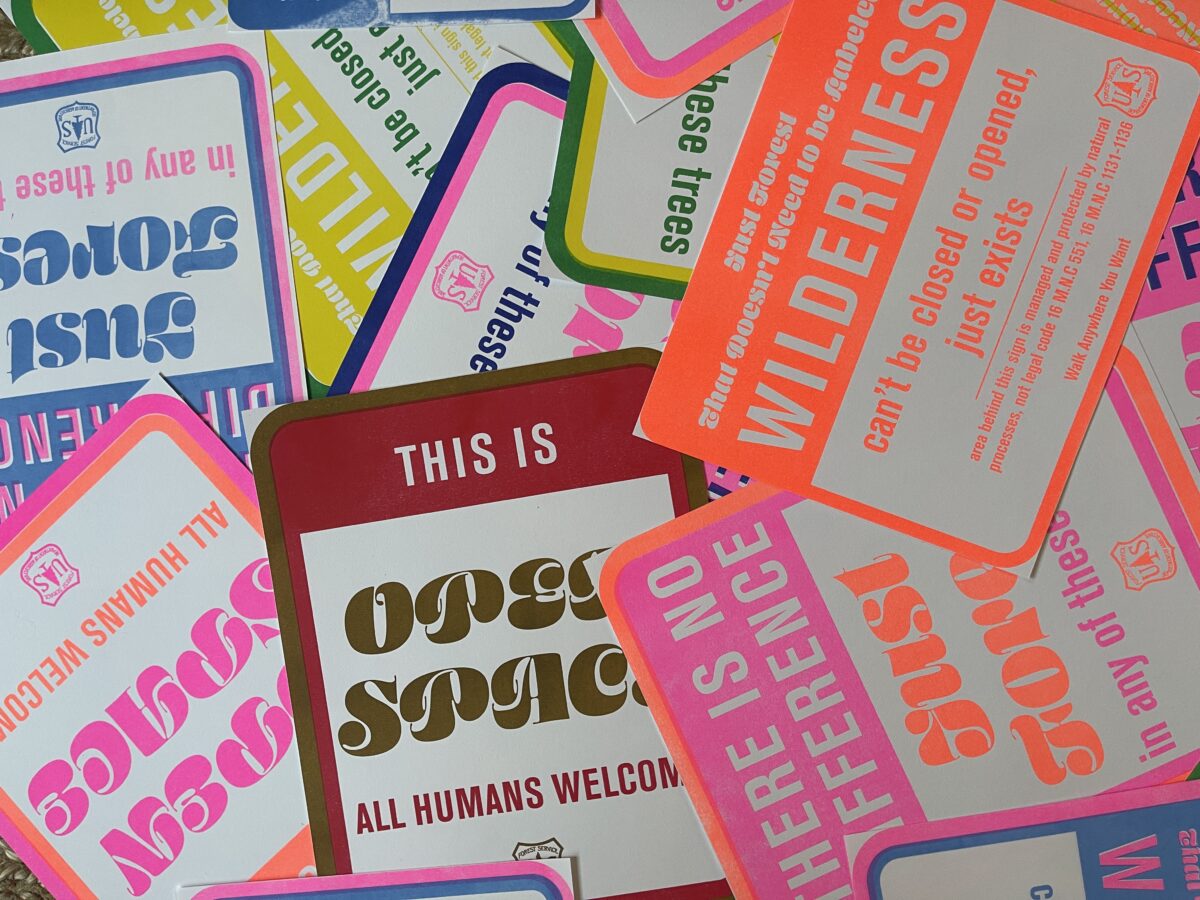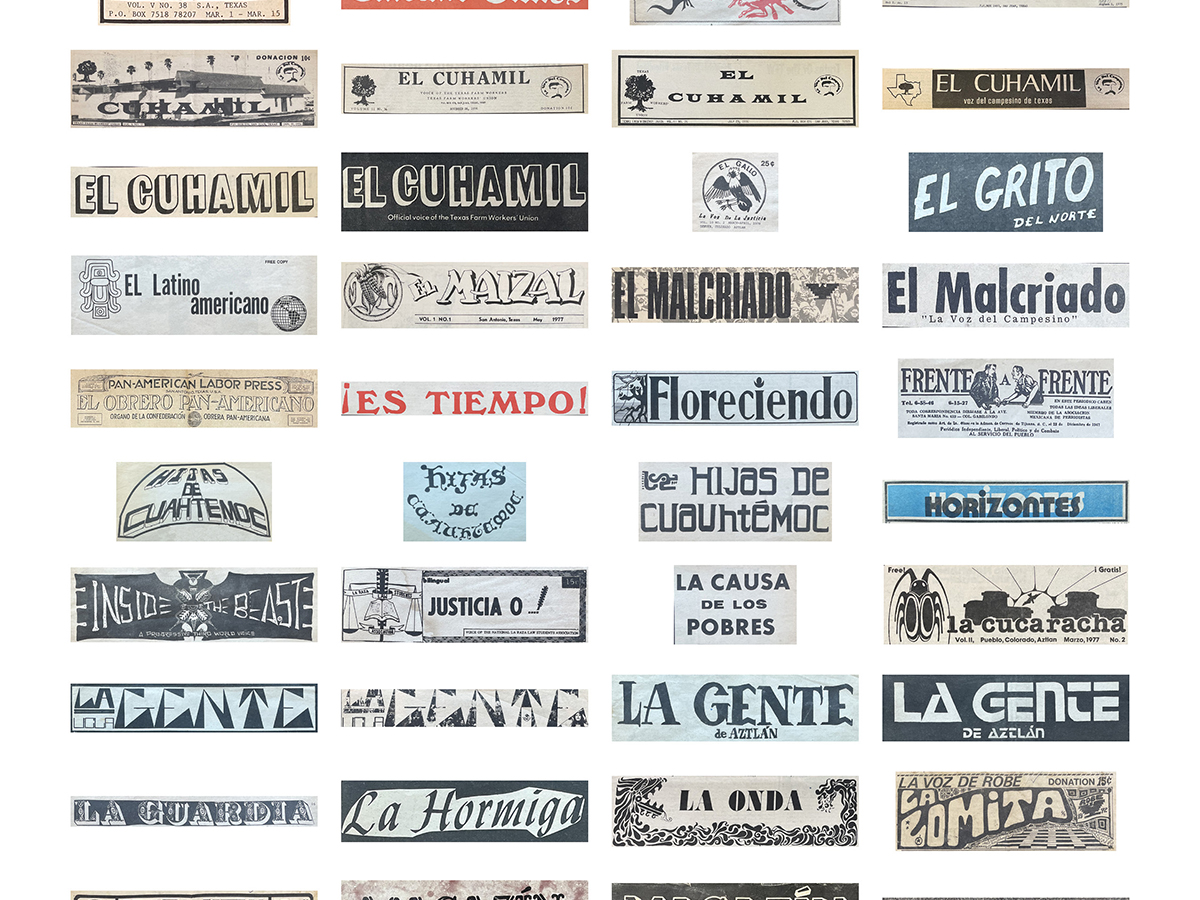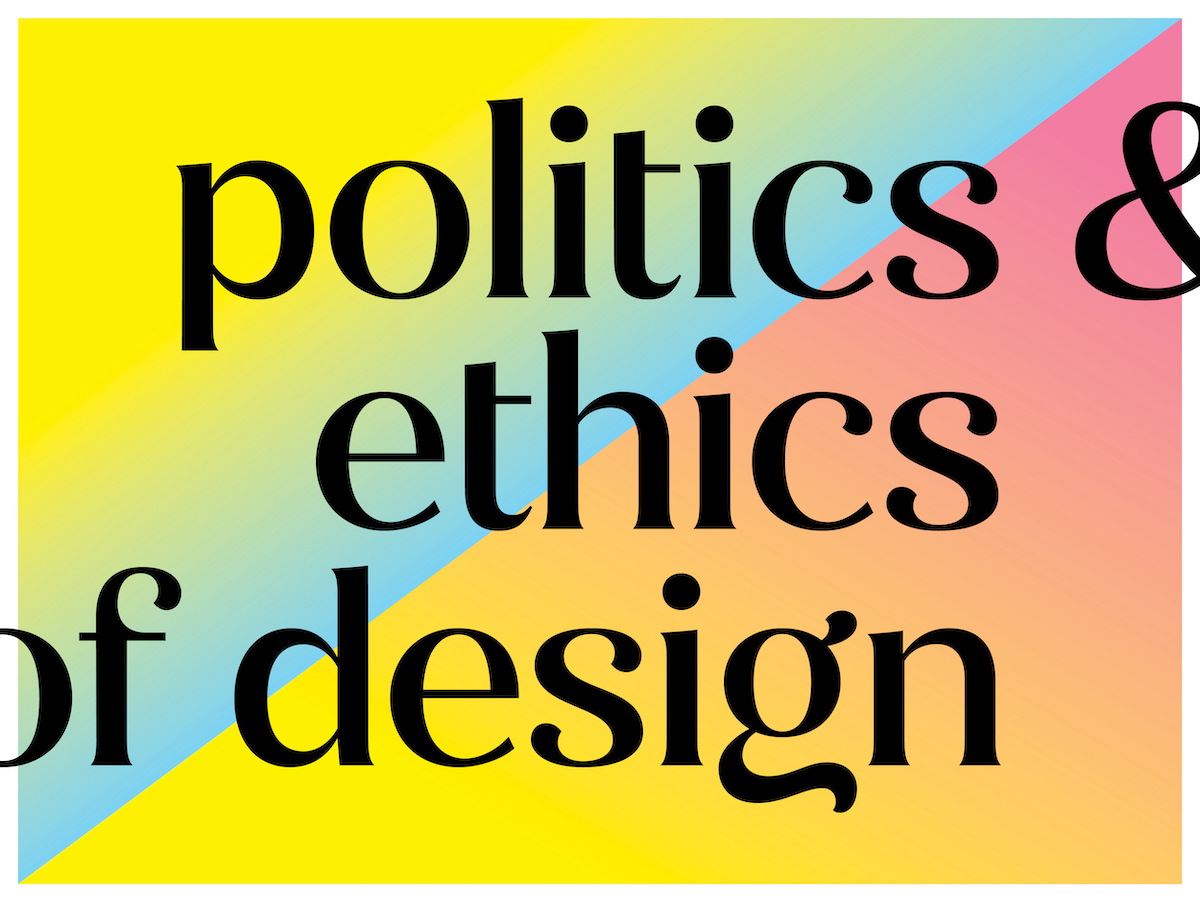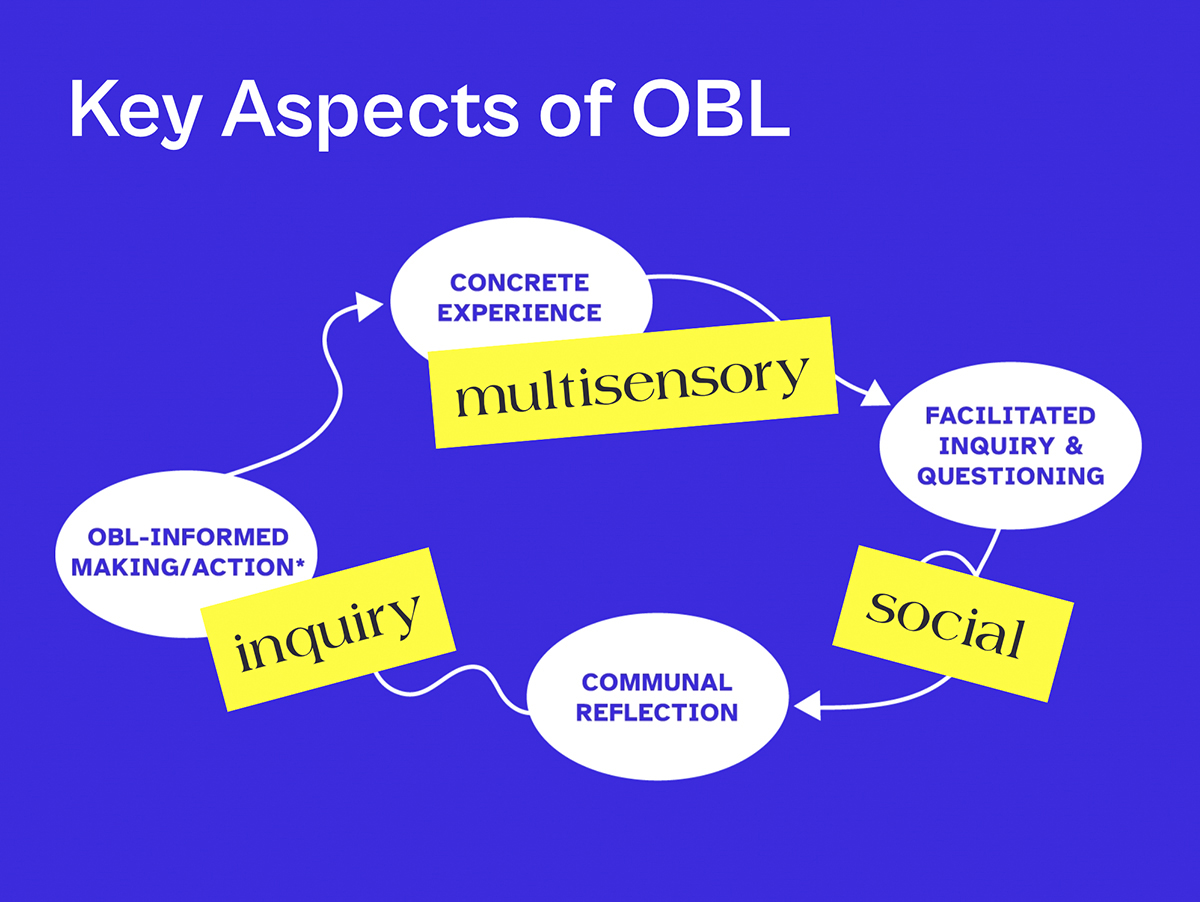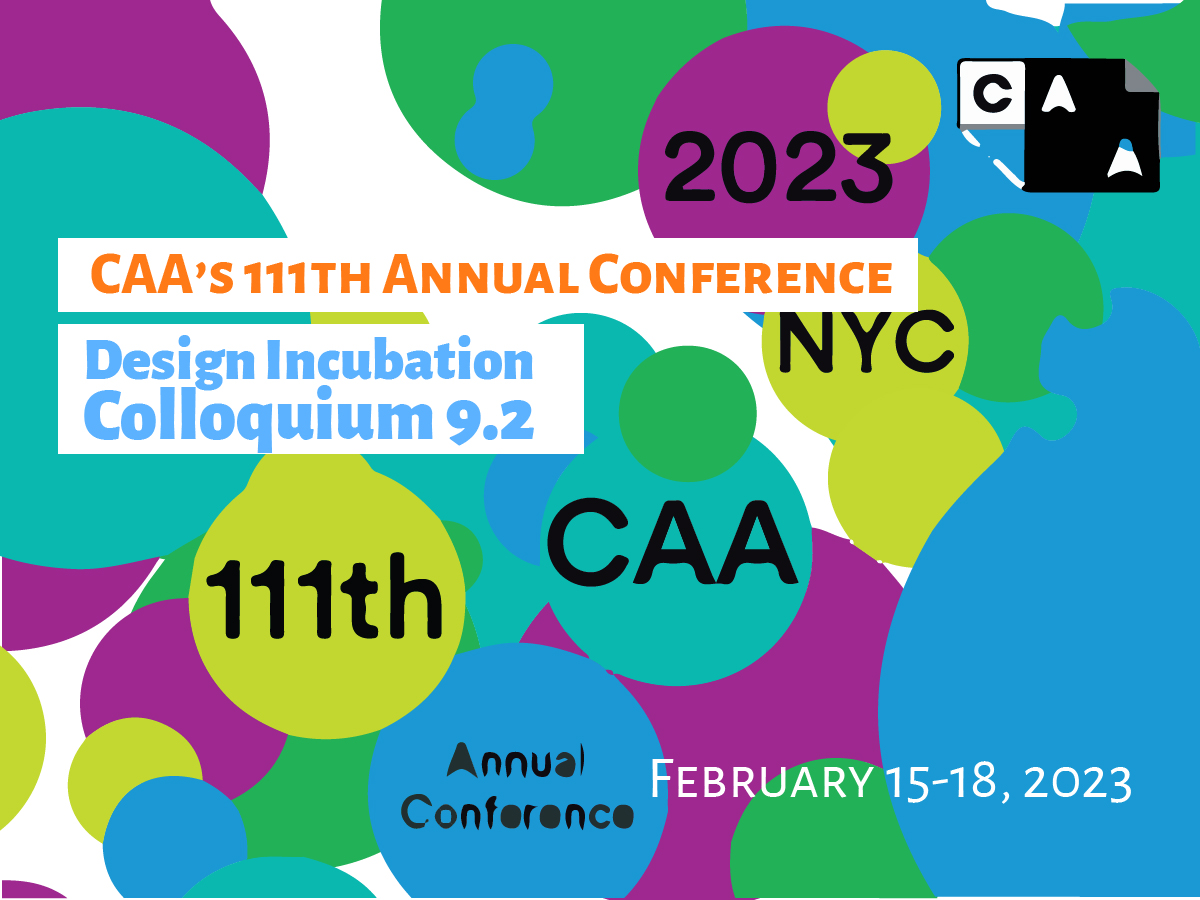Maria Smith Bohannon
Assistant Professor
Oakland University
Graphic design as a profession often perpetuates rampant consumerism through the art of persuasion, which is directly at odds with working toward sustainable and ecological discourse. To explore the possibilities of sustainable capitalism and foundational sustainable and environmental design themes, I developed a special topics course to understand and investigate the designer’s role as a climate design activist and sustainable designer. The emphasis of this course will focus on sustainable design thinking, praxis, and ideation with the investigation of green or recycled materials as part of the prototyping process—both print and digital—all in the pursuit of reimagined design futures.
This course study will look at foundational systems thinking from environmental design pioneers, cross-disciplinary collaboration, and how designers can successfully implement sustainable methodologies and utilize environmentally friendly materials to craft sustainable solutions today. By identifying and framing complex problems plaguing the world, we can examine the possibilities and challenges in addressing these issues broadly or within local communities.
As sustainability and eco-friendly solutions are imperative for future generations’ ability to prosper, sustainable pedagogy must become foundational in graphic design education. By adopting sustainable design pedagogies, educators provide future designers with the tools—and understanding of sustainable design history, process, methodologies, and materials—to question capitalist tendencies and develop sustainable solutions.
This design research was presented at Design Incubation Colloquium 9.2: Annual CAA Conference 2023 (Virtual) on Saturday, February 18, 2023.


